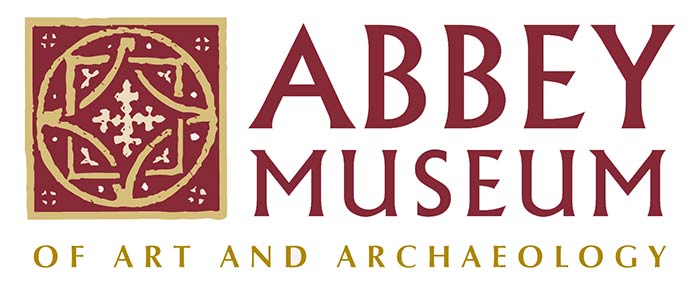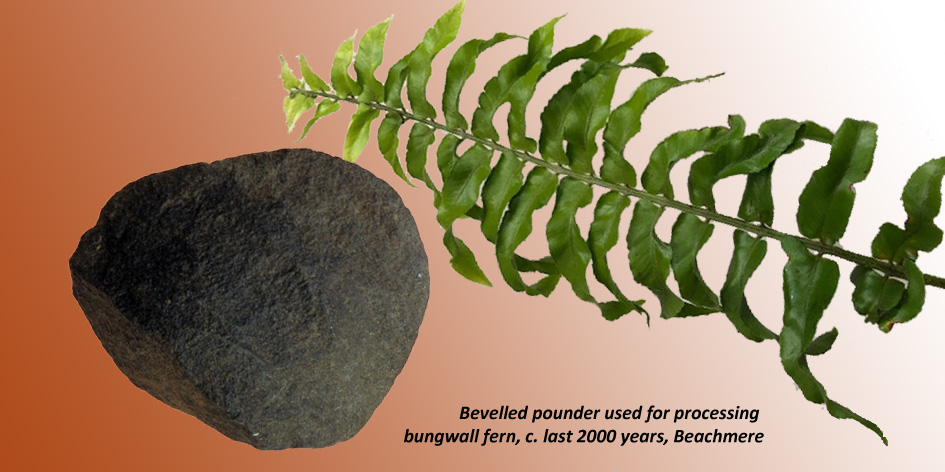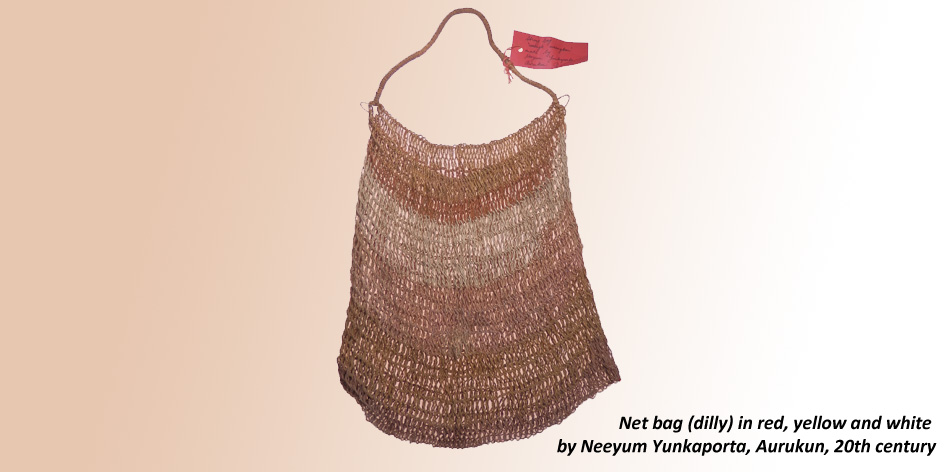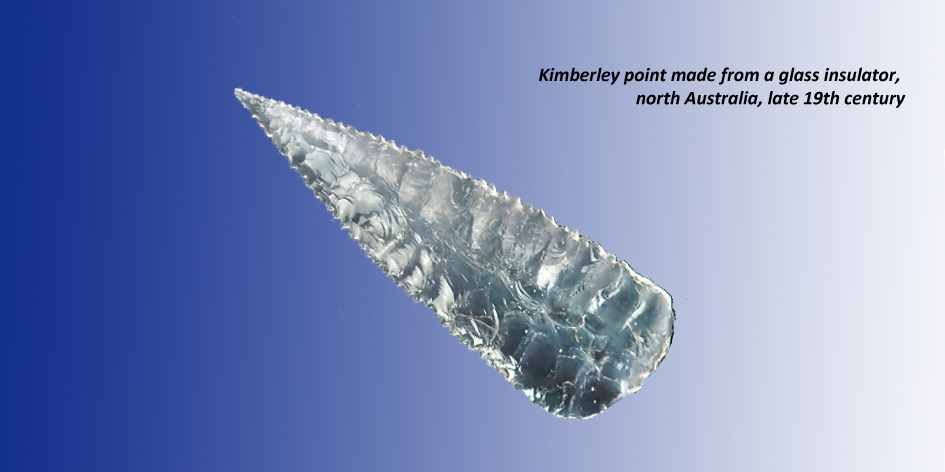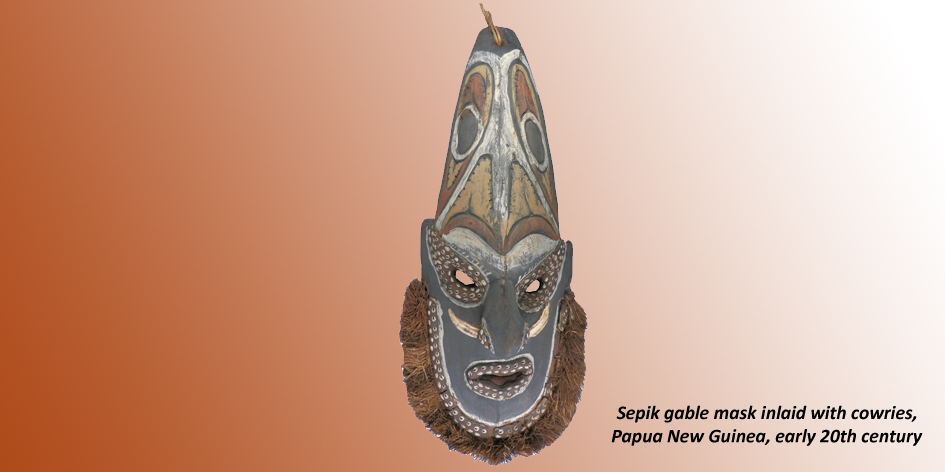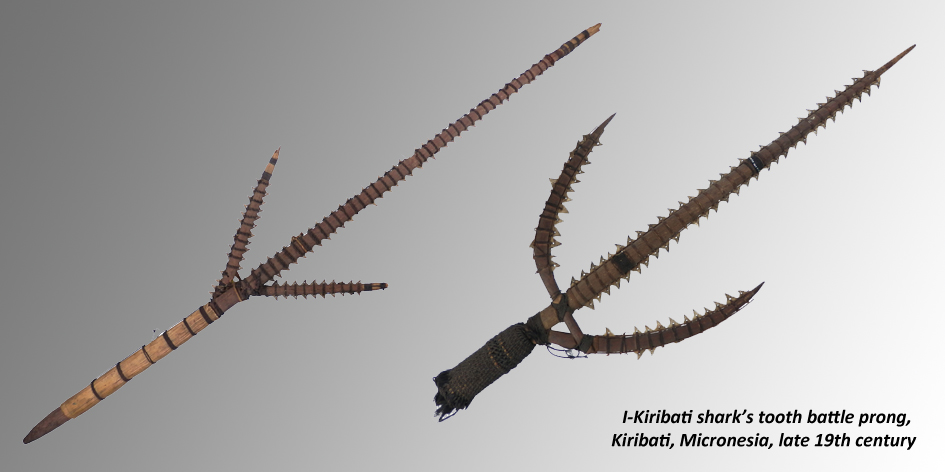Peoples of the Southern Ocean
Aboriginal People have lived in Australia for at least 60,000 years; and are the oldest continuing culture in the world. Prior to 1788, there were about 300 different language groups with complex kinship systems and beliefs based on creation stories by ancestral beings. They used stone tools and aerodynamic inventions like the boomerang and woomera (spear-thrower). To ensure plentiful food resources – plant and animal – they managed the land using fire and knowledge of country.
The arrival of European settlers decimated the population with introduced diseases and forcible dispossession of ancestral lands. Today, land rights and recognition as the First Peoples have been acknowledged but there is no formal treaty enshrined in Australia’s constitution.
People arrived in New Guinea and the Solomon Islands at least 50,000 years ago when the island was connected to Australia, creating an organised agriculture and an extraordinary diversity of language, art and cultures. The ancestors of the Polynesians, the Lapita, left Taiwan as early as 2000 BC and eventually colonised Fiji, Samoa, Hawaii and New Zealand.
The Museum was gifted several collections of Melanesian artefacts in the 1970s and holds a large collection of Aboriginal stone, fibre and wooden objects acquired from various sources prior to 1968.
Feature Collections
The Ancient Worlds
Arts of Asia
- The Triumph of Islam
- China - Land of the Dragon
- Japan - Shadow of the Shoguns
- India and South East Asia
Arts in the Abbey
- European Works of Art
- Bling though the Ages
- Illuminated Manuscripts
- Ladies of Fashion
- Glassware
- Art of Light - Stained Glass
Ages of Europe
